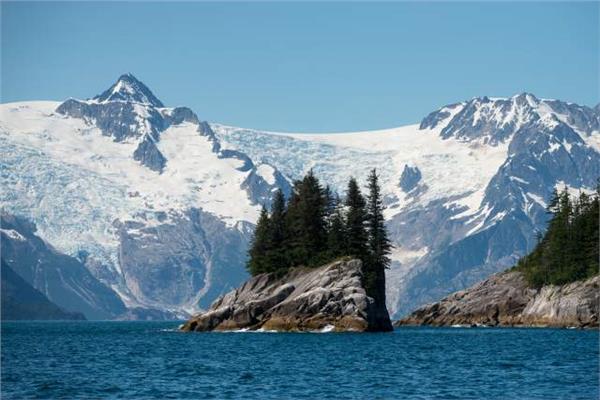The huge ice shelf collapsed in South Pole Which covers an area about the size of New York City or Rome, in the ocean.
Scientists warn that while they do not expect major impacts as a result of this event, the melting of ice in this historically stable region may be a portentous sign of things to come.
reveal photos Satellites Reports the sudden disappearance of the Conger Ice Shelf in East Antarctica between March 14 and March 16.
“The Glenzer Conger ice shelf is supposed to have been around for thousands of years and never will be there again,” University of Minnesota glaciologist Peter Neff, told NPR. The sudden and unexpected collapse of this month.
In West Antarctica, the ice is more unstable than in the east, so thaws and the collapse of ice shelves are often observed.
However, East Antarctica is one of the coldest and driest places on the planet, and for this reason, no one has heard of the collapse of the ice shelf there.
According to the AP, this is the first major avalanche in East Antarctica in human history.
This ice shelf collapse occurred during a bout of unusually high temperatures in the region.
Concordia Station, an Antarctic research facility located on the eastern side of the continent, reported temperatures of 10.8 degrees Fahrenheit (minus 11.8 degrees Celsius) on March 18, the highest March temperature ever recorded at the station. This temperature is warmer than seasonal averages by more than 72 Fahrenheit (40 Celsius).
The unusually high temperatures are caused by an “atmospheric river”, a jet of warm, moist air that traps heat over the area, according to a report from the Guardian.
It’s possible that much of that heat from the river’s atmosphere was absorbed by the water under the Conger ice shelf. NASA planetary scientist Catherine Colillo-Walker, tweeted that the heat carried by a recent atmospheric river event contributed to the sudden collapse of the shelf.
Although the major landslide occurred on March 15, it was the second of three “birth” events in the area this month, Helen Amanda Fricker, professor of glaciology at the Scripps Institution of Oceanography, reported on Twitter. Shelf calving events, so named because they generate icebergs, are part of the natural life cycle of an ice shelf, and because of the unusually synchronized heat, scientists need to explore the possibility of a link to climate change, Fricker said.
According to the US National Ice Center, the calving events, which began on March 7, created several icebergs: one, called C-37, is 8 nautical miles long and 3 nautical miles wide (14.8 x 5.6 km).
